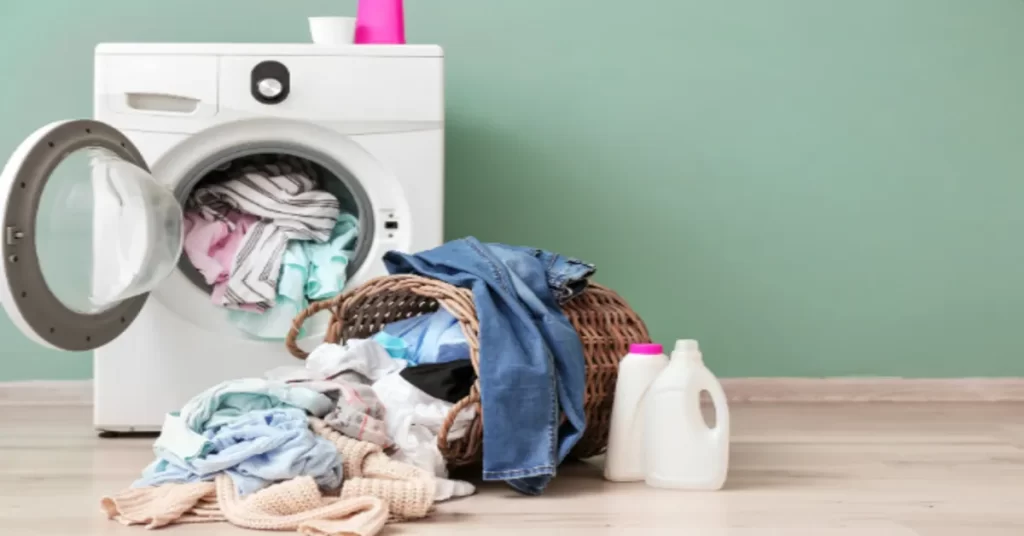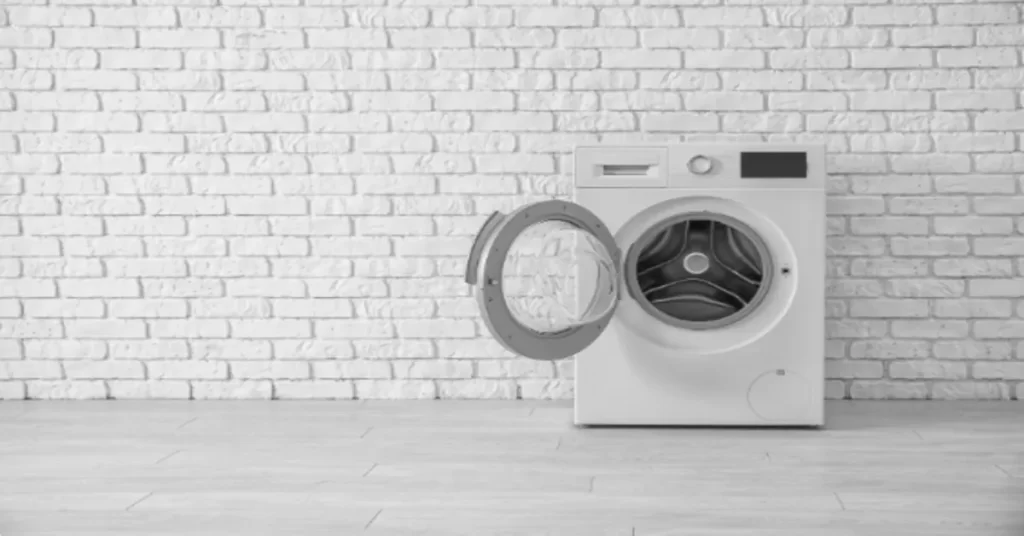Effortless Drying: A Simple Way to Dry Clothes in a Washing Machine
Introduction
Modern washing machines are a great help in our lives because they save us a lot of time and effort when doing laundry. They make it easier than washing clothes by hand and rinsing them in many buckets of water before hanging them to dry on a clothesline. You don’t have to worry about bad weather or not having enough sunlight for drying clothes anymore.
also you can choose a washing machine that does everything for you. It can remove stains, wash and dry your clothes, and even clean your workout clothes because these machines have many useful features.Here’s a simple guide to help you get started.
Check the Labels
Clothing care labels offer vital details on how to properly wash and dry your clothing. Look for symbols that say the temperature at which an item of clothing can be machine dried. If your clothing is labeled “air dry only,” “tumble dry low,” or “do not tumble dry,” you should pay close attention to these directions to prevent causing damage to your clothing.
Sort Your Laundry
Making sure your garments dry quickly and without damage is made possible by sorting your laundry. Sort clothing according to its material (wool, cotton, polyester, etc.) to avoid lint transfer and guarantee uniform drying. To avoid over-drying or creasing, keep lighter materials like t-shirts and delicates apart from heavier goods like jeans and towels.
Clean the Lint Trap
During the drying cycle, lint and debris are collected in the lint trap. Its regular cleaning increases airflow, shortens drying times, and keeps lint from clinging to your clothing. Just take out the lint screen, wipe away any accumulated lint, and put it back in the machine.
Choose the Settings
Modern washing machines offer various drying cycles and settings to accommodate different fabric types and drying preferences. Common settings include temperature and dryness level adjustments, as well as regular, gentle, and scheduled drying cycles. Based on the load of clothes you have and the level of dryness you want, choose the right setting.
Temperature Adjustment
If your machine has this feature, take note of the fabric care label and make the appropriate temperature adjustments. To avoid shrinking or other damage, lower temperatures are ideal for delicate textiles like silk and wool. Higher temperatures can be utilized to speed up drying for stronger textiles like cotton.
Add Dryer Sheets
These sheets help soften fabrics, lessen static electricity, and give your garments a nice smell. Before beginning the drying cycle, just drop a dryer sheet into the laundry machine. Avoid packing the dryer with too many sheets, since this might restrict airflow and compromise drying efficiency.
Start the Cycle
After sorting your clothes, choosing the proper settings, and adding dryer sheets if needed, begin the drying cycle. Select the preferred cycle, firmly shut the door, and hit the start button. Let the machine continue operating until the cycle is finished.
Check Occasionally
Throughout the drying cycle, make sure your items are drying evenly by checking on them from time to time. Rearrange the garments or modify the load if certain items are drying more quickly or more slowly than others. This will improve ventilation. This keeps some things from drying too quickly or too slowly.
Remove Promptly
Once the drying cycle is complete, promptly remove your clothes from the machine to prevent wrinkles. After shaking out clothes, fold or hang them right away. Clothes may wrinkle or smell musty if they are left in the machine after the cycle is finished.
Clean the Lint Trap Again
To preserve ideal airflow and machine performance, clean the lint trap once more following each drying cycle. To avoid blockages and guarantee effective drying for upcoming loads, remove any lint or debris that formed during the drying process.
Conclusion
By following the detailed instructions I mentioned earlier, you can dry your clothes in a washing machine efficiently and without damaging them. You can avoid common problems like drying them too much or ruining the fabric by checking labels, sorting your clothes, cleaning the lint trap, choosing the right settings, and keeping an eye on how they’re drying. Also, using dryer sheets or balls can make the process better by reducing static and making your clothes smell nice. Remember to take your clothes out of the machine quickly to avoid wrinkles, and either fold them or hang them up.











